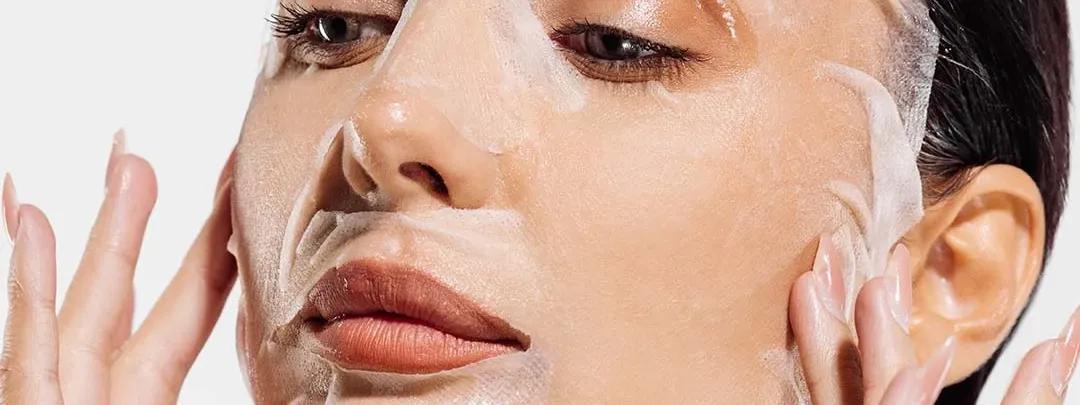Whilst milk is generally gentle, it's always smart to patch test first, especially if you have sensitive skin or dairy allergies. Apply a small amount to your inner wrist and wait 24 hours to check for any reactions. Some people might experience breakouts initially as their skin adjusts—this usually settles within a week or two.
Always use fresh, cold milk and never leave dairy products on your skin for extended periods in warm weather. Store any leftover milk-based treatments in the fridge and use within 2-3 days. If you notice any irritation, redness, or unusual reactions, discontinue use and consult a dermatologist. Remember, what works for others might not work for you, and that's completely normal.
Frequently Asked Questions
Is it safe to leave milk on my face overnight?
It's not recommended to leave milk on your face overnight, as dairy can spoil and potentially cause irritation or bacterial growth. Stick to 15-20 minute treatments, then rinse thoroughly with lukewarm water. Your skin will still get all the benefits without the risks.
How often should I use milk on my face for best results?
Start with 2-3 times per week and see how your skin responds. Some people can use milk daily, whilst others prefer every other day. Listen to your skin—if it feels irritated or overly sensitive, reduce frequency. Consistency matters more than frequency when it comes to seeing results.
Can milk help with skin whitening?
Milk can help brighten your complexion and fade dark spots through gentle exfoliation, but it won't change your natural skin colour. The lactic acid helps remove dead skin cells, revealing brighter skin underneath. Think of it as helping your natural glow shine through rather than whitening.
Are there any side effects of applying milk on the face?
Most people tolerate milk well, but some might experience initial breakouts or mild irritation. Those with severe dairy allergies should avoid topical milk use entirely. Always patch test first, and discontinue if you notice persistent redness, itching, or unusual reactions.
How long does it take to see results from using milk on the face?
You might notice softer, more hydrated skin after just one use, but visible improvements in brightness and texture usually take 2-4 weeks of consistent use. Remember, skincare is a marathon, not a sprint—patience and consistency are your best friends.
Key Takeaways
Milk truly is one of those hidden gems in natural skincare remedies that's been right under our noses all along. From gentle exfoliation and deep hydration to soothing irritated skin and balancing your complexion, these seven benefits show why milk deserves a spot in your skincare routine. The best part? You don't need to spend loads on fancy treatments when your fridge might already hold the answer to better skin.
Remember to start slowly, patch test first, and listen to what your skin is telling you. Whether you're trying a simple milk cleanser or experimenting with DIY face masks, consistency is key to seeing real results. Your skin might just thank you for this gentle, budget-friendly addition to your routine.

 100 gm
100 gm 30 gm
30 gm 100 gm
100 gm 20 ml
20 ml